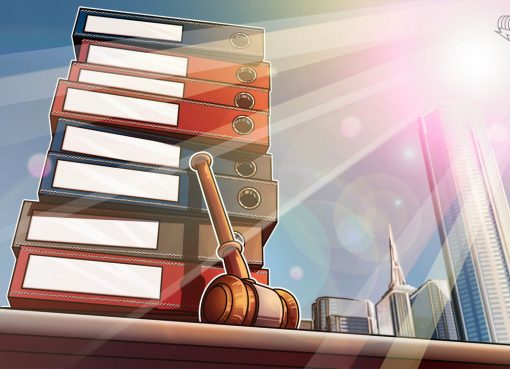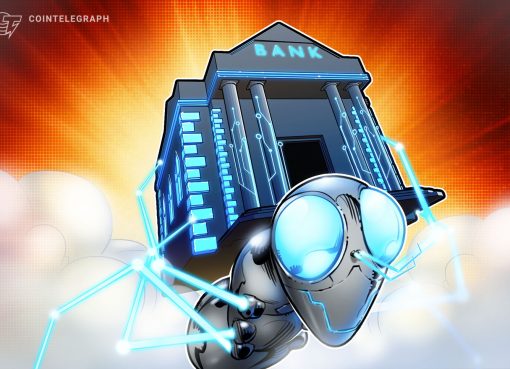Insurance is a financial tool that is widely used and often taken for granted in the developed world, but it is important not to forget that a considerable proportion of the world’s population still has no access to the protection provided by basic insurance products.
Globally, about US$4.7 billion — or 60% of the world’s population — are classified as low-income consumers, and only one in five in this group have some form of insurance. Meanwhile, the insurance penetration across Latin America, the Caribbean, Asia and Oceania and Africa currently sits at a paltry 7%. Similarly, in the farming industry, up to 90% of agricultural losses aren’t insured, leading to severe consequences for farmers and their families. Moreover, in 2020 alone, nearly two-thirds of the US$268 billion in economic losses incurred by natural disasters were uninsured.
These figures appear bleaker when considering that the demand for insurance has never been higher than over the last 18 months, fueled by the Covid-19 pandemic and recent climate change-induced natural disasters. It would seem that the people who need insurance the most are the ones finding it difficult to access its benefits. However, the introduction of a democratic insurance model would go a long way towards remedying this imbalance.
Now, new blockchain-based technologies are unlocking unprecedented avenues towards the democratization of the global insurance industry. The use of decentralized autonomous organizations (DAOs) and decentralized oracle networks (DONs) supplemented by parametric insurance could provide a unique solution to a growing problem and help propel the industry into the Web 3.0 economy.
Parametric and microinsurance
Parametric insurance products, which offer automated payouts based on statistical models to evaluate data received from validated sources, could be a significant first step in increasing risk protection within the uninsured community. Unlike its traditional counterpart, parametric insurance doesn’t require a claims assessor to quantify the damage and approve claims, which reduces operational costs for the insurer dramatically. Instead, the process is far more objective and automated — payouts are triggered when a clearly definable event occurs.
Recently, insurtech innovators have also begun utilizing smart contracts to mimic the way parametric insurance works. These contracts operate in a fully decentralized manner on a blockchain, where all transaction details are visible to all parties involved while they remain closed to any manipulation or tampering. Smart contracts will only be executed after the insurable event has been verified, reaping the many benefits offered by blockchain technology.
Microinsurance offers a vital lifeline to millions of people from India to Nigeria and Bolivia to Kenya and can be viewed as an extension of microfinance, serving as an inclusive alternative to traditional insurance with its ultra-low premiums. This solution caters explicitly to a significant proportion of the society who, traditionally, haven’t had any access to insurance and are low-income households with low-value assets.
A new outlook
Blockchains with cryptocurrencies, utility tokens, non-fungible tokens (NFTs), DAOs, DONs and other innovative new instruments aren’t just about technology anymore. They are a market in and of themselves, often referred to as decentralized finance (DeFi). As such, for large, traditional insurance companies, it’s no longer a question of whether they want to adopt this technology, but rather a question of whether they wish to participate in this market, which is rife with opportunity.
DONs are a group of independent blockchain oracles that supply data to a blockchain. They effectively eradicate any single point of failure in a smart contract by utilizing multiple data inputs, thus helping to establish end-to-end reliability and enabling the viability of high-value smart contracts in low-trust environments.
DONs and oracles will play a very big part in providing insurance smart contracts with the high-quality certified and secure data required for on-chain transactions. Naturally, the more data becomes available to the insurance smart contract, the more refined the policies can become. Of course, this will uplift the industry as a whole and can facilitate more specified regulations across jurisdictions. Meanwhile, regulators will start appreciating the technical certainty provided by smart contracts on the blockchain and the advantages that this can bring in a regulated industry.
With the advancement of the internet of things (IoT) and increasing numbers of connected devices and sensors being used to feed data to oracles, more high-quality data sets are becoming available to confirm insured events. This allows for the efficient production of more accurate policies, oftentimes resulting in major price reductions for the consumer.
Blockchain oracles have also enabled smart contracts to go a step further by allowing them to interface directly with standard application programming interfaces (API) and IoT infrastructure. This allows for the input of data external to the blockchain and unmanned execution of the parametric insurance smart contracts, all while mitigating concerns over data exploitation.
Blockchain networks and oracles are already forming a backbone for parametric insurance products in many countries around the world. These contracts are activated using oracle-delivered weather data from the National Oceanic and Atmospheric Administration (NOAA). This technology can also be deployed in other innovative capacities such as automated flight delay insurance, hurricane protection, natural disasters and crypto wallet insurance, among others.
Fostering communities
DAOs can also help spawn cross-country communities around insurance policies, facilitating the sharing of ideas, advice and new developments in a completely decentralized manner. In the insurance sector, DAOs may very likely become a valuable tool to organize the sharing of risks amongst a number of actors in combination with many emerging staking concepts.
Investors could, for example, invest in a risk pool that provides the necessary capital to cover certain risks, which could make entirely new sources of capital available to protect the underinsured. In recent years, DAOs have made rapid advancements in modern society and could easily contribute to the rapid evolution of multiple industries.
The concept of DAOs may potentially require us to rethink the very fundamentals of traditional company law, which will also affect the insurance industry. But getting to these outcomes requires cooperation from governments and regulators alike. While organizations and companies require compliance guidelines to prevent illicit activity, regulators also need to embrace forward-thinking governance models. This would encourage individuals and companies to develop innovative products that provide viable solutions to real-world problems. These technologies would also help to address certain pitfalls within centralized systems, such as a lack of transparency and misalignment of interest, among other things.
Looking to the future
According to data provided by Gartner, the blockchain industry is estimated to generate US$3.1 trillion in new business value by 2030, and Accenture estimates that blockchain in the insurance market is expected to grow from US$64.5 million in 2018 to US$1.39 billion by 2023. Similarly, blockchain technology would enable property and casualty (P&C) insurers to process claims quicker and speed up payouts through the use of automated smart contracts, helping them save over US$200 billion a year.
Given the undeniable need for billions of people to be included in a democratic insurance model, particularly considering the devastating effects of climate change on a global scale, it’s up to governments and insurers alike to embrace these new technologies and transition to a decentralized insurance paradigm. DAOs and DONs might indeed be the missing piece in the Web 3.0 puzzle to propel the insurance industry to new and inclusive heights.




